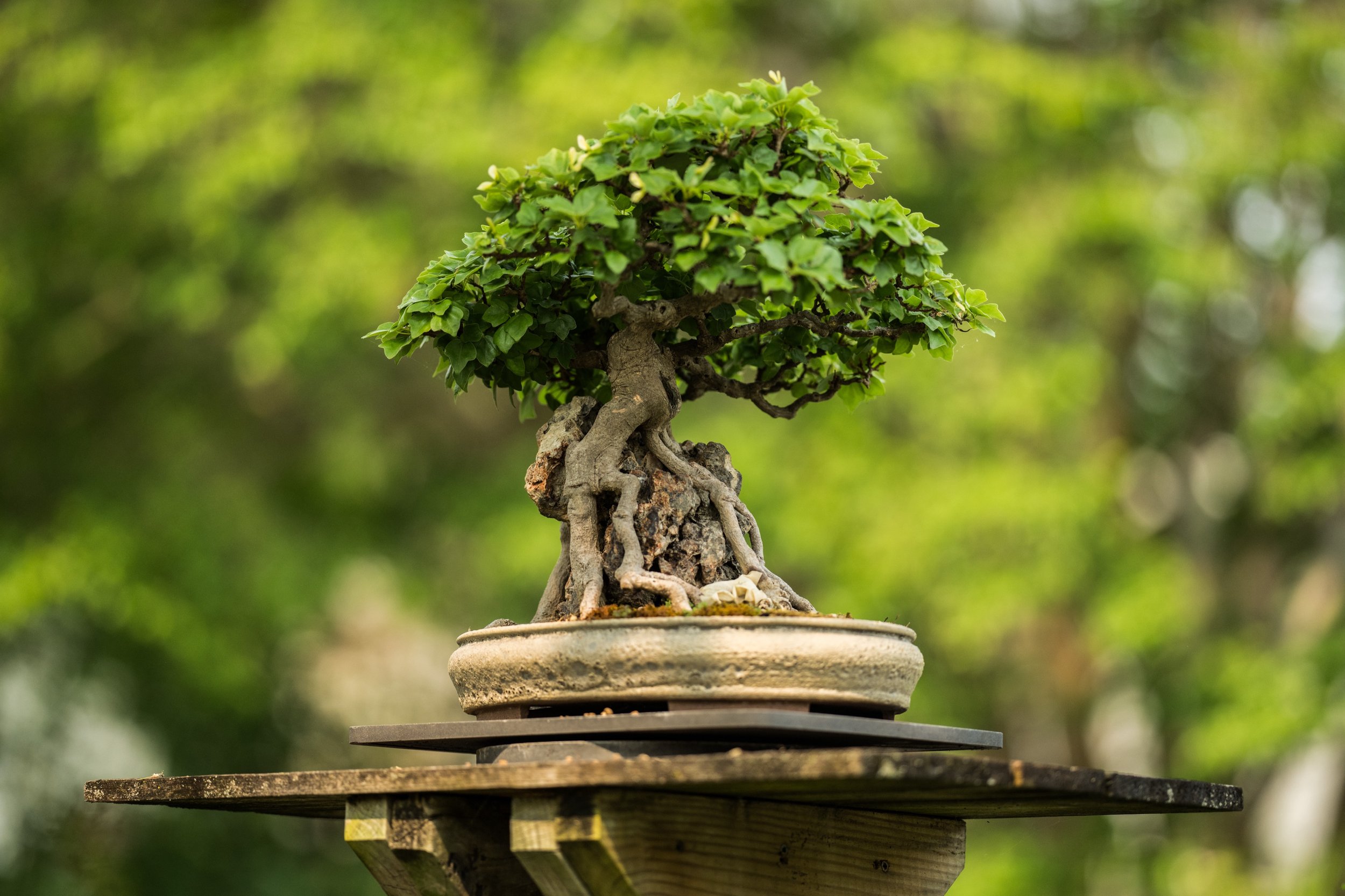As of August 20, Jack Sustic and Felix Laughlin will be leaving their roles as co-presidents of the National Bonsai Foundation.
Jack Sustic
Felix Laughlin
Laughlin has been an inspiring and dedicated member of the bonsai community. He was one of six founders who formed NBF in 1982 and became president in 1996, with Sustic joining as co-president in 2018.
Since NBF’s founding, the National Bonsai & Penjing Museum at the U.S. National Arboretum has become a world-renowned center for the art of bonsai, penjing and related art forms. During that period, the Museum has expanded from a single pavilion displaying the 53 bonsai given in 1976 to the American people by Japan as Bicentennial Gift to include multiple pavilions, exhibition buildings and courtyards presenting North American bonsai, Chinese penjing, tropical bonsai, and viewing stones.
Sustic began his bonsai career as a Museum intern in 1996. He then served as curator twice – from 2001 to 2005 and 2008 to 2016 – and has served on the NBF Board of Directors for 19 years. Sustic has spent many long hours caring for some of the most prized parts of our collections, including the Yamaki pine.
As co-presidents, Sustic and Laughlin have led many projects and improvements to both the Museum and NBF operations. Under their supervision, the Museum was voted “Best Place To Take An Out-Of-Towner” and “Best Museum Off The National Mall” in multiple Washington City Paper Best of D.C. polls.
The pair have both demonstrated their personal commitment to the spread of bonsai appreciation through their various leadership positions in national and global organizations, like the World Bonsai Friendship Federation and WBFF’s North American regional representative organization, the North American Bonsai Federation.
Laughlin served as chairman of the World Bonsai Friendship Federation from 2001 to 2005, and organized the 5th World Bonsai Convention held in Washington, D.C. in 2005. Sustic served as the chairman of that successful World Bonsai Convention. Sustic is currently serving as the North American Bonsai Federation president and a WBFF director.
Sustic and Laughlin have been driving forces of peace and friendship who amplify the voices of bonsai novices and artists around the world and helped pave the way for bonsai care and appreciation for years to come. NBF is incredibly grateful for the co-presidents’ leadership and dedication to the Museum and the art of bonsai.
Through their combined work in the bonsai world, Sustic and Laughlin have instilled a lasting legacy of goodwill and love for bonsai. NBF wishes the two the best in their endeavors and thanks them for being an asset in the world of bonsai.
Learn more about NBF’s new leadership here.
WE INVITE YOU TO LEAVE A MESSAGE ABOUT FELIX AND/OR JACK BELOW!






















